How AI search summaries reprice evergreen SEO: modeling a 10-25% CTR haircut and a shift to follow-up intent
AI-generated summaries on search result pages are changing how evergreen content performs, but they do not make it obsolete. The real shift is a repricing of traffic: commoditized how-to/what-is queries lose a chunk of clicks to summaries and follow-ups, while brands that solve adjacent questions, add unique data, or own distribution outside SERPs keep durable value. Treat this as portfolio management, not a binary either-or.
AI summaries concentrate answers at the top of the SERP, push blue links down, and stimulate follow-up queries. That dynamic erodes clicks for common-knowledge evergreen pages while rewarding sources that get cited, address the next question, or win on freshness. The goal is to redesign evergreen for a summary-first SERP and add a news/trends lane where it makes economic sense.
Key Takeaways
Evergreen content is pressured by summaries, but its ROI depends on query type and packaging. The following points outline where marketers can still win.
- Expect a CTR haircut on commodity evergreen head terms: Using a common benchmark of about 28% CTR for position 1 on desktop [S4], a 10-25% relative decline (assumption) when summaries are present moves that to roughly 21-25%. Plan targets and budgets against this revised yield, not historical norms.
- Follow-up intent is the new battleground: AI experiences seed related questions. Pages that pre-answer those adjacent queries and get cited recapture clicks even if the primary query no longer sends traffic.
- Fast SEO is a useful lane, not a replacement: Freshness-sensitive topics can evade summaries and deliver sharp, short-lived spikes. Treat it as a sprint function complementing an evergreen base; measure half-life and staffing cost carefully.
- Distribution beats duplication: Pages with original data, visuals, tools, or videos are more likely to be cited in summaries and win video/snippet placements. Thin rewrites of known facts will struggle.
- Paid and organic need joint planning: If summaries depress organic CTR in a category, paid inventory at the top becomes more valuable. Shift keyword strategy, negatives, and creative to align with the new fold.
Situation Snapshot
This analysis was prompted by Roger Montti's coverage of Tim Soulo's claim that AI makes evergreen content economically unsound and that fast SEO (trend-led publishing) is the better path [S1]. Soulo also tweeted that the opportunity is shifting toward fast SEO.
Facts not in dispute:
- Google shows AI Overviews for some queries, with linked citations and prompts to ask a follow-up [S3].
- Google historically boosts freshness when queries have recent-interest spikes (Query Deserves Freshness) [S2].
- FAQ and HowTo rich results have been restricted, reducing once-reliable evergreen SERP real estate [S5].
- Perplexity includes a Discover experience that surfaces trending content [S3].
Breakdown and Mechanics
- Query type sensitivity:
- Simple, settled facts - higher likelihood of an AI summary that fully satisfies intent.
- Multi-step, subjective, or outcome-specific tasks - more room for clicks to detailed sources, tools, calculators, or demonstrations.
- Summary mechanics and click flow:
- LLM summary + citations + follow-ups - fewer clicks on the main query but new demand on adjacent queries.
- Inline model: Summary satisfies intent A - prompts B/C follow-ups - user clicks a cited source for B even if A's top result is different. A - B/C - click on source for B.
- Ranking and citation incentives: Earning citations in AI Overviews requires content that is clear, trustworthy, and additive beyond generic definitions (original data, authority, or high-utility media). Google's guidance positions AI Overviews as linking to sources and driving traffic, even as layouts push organic links down [S3].
- Freshness dynamics: For newsiness and changing information, Google's freshness systems prefer newer content [S2]. That aligns with Soulo's fast SEO, but the half-life of traffic is short and volatile.
- Feature retrenchment: Google curbed FAQ/HowTo rich results for most sites [S5], removing an easy path evergreen publishers used to occupy. That compounds the effect of summaries by narrowing high-CTR result types available to evergreen pages.
- Cross-channel implications: Ads often render above or near AI elements. In categories where organic CTR dips, paid demand concentrates at the top, raising clearing prices. This is category-specific and should be validated with auction insights.
- Prior patterns: Zero-click outcomes existed before AI Overviews via featured snippets and knowledge panels. AI expands the breadth and depth of instant answers; the novelty is the follow-up loop that reroutes demand.
Impact Assessment
Paid Search
- Direction: Upward pressure on CPCs where AI elements compress organic and keep ads top-of-fold; more value in precise, commercial-intent queries.
- Who benefits/loses: Brands with strong Quality Scores and high-intent coverage gain; upper-funnel how-to bidders may see weaker ROAS.
- Actions:
- Segment how-to/informational terms; cap bids unless assisted conversions prove out.
- Emphasize exact match for commercial modifiers; refine negatives to avoid non-converting what-is/how-to traffic that summaries now satisfy.
- Monitor impression share shifts where AI elements appear; compare pre/post CPC and CTR by query class.
Organic Search
- Direction: Head-term evergreen CTR down; long-tail and follow-up intent up if content is structured to match it.
- Who benefits/loses: Sites with original research, trusted brand signals, and strong media assets gain citations; thin guides lose.
- Actions:
- Rebuild evergreen pages with clear short answers up top, jump links, and sections that preempt common follow-ups; add unique data points or demonstrations.
- Publish formats that AI likes to cite (original studies, checklists, diagrams, annotated steps, short videos).
- Track an AI Overview citation rate on a query panel to measure exposure even when direct clicks fall.
Content and Creative
- Direction: Mixed - commodity text loses; differentiated assets gain.
- Who benefits/loses: Teams that produce visuals, tools, or videos win; text-only rewrite shops struggle.
- Actions:
- Pair each evergreen topic with a short explainer video and a single, memorable asset (calculator, template, checklist).
- For fast SEO, build a clear intake and SLA to ship within hours; measure spike size and decay to justify staffing.
Operations and Analytics
- Direction: More measurement complexity; more portfolio thinking.
- Actions:
- Maintain a 3-tier content portfolio: foundational evergreen, opportunistic trends, and pillar + spokes follow-up clusters.
- Instrument query panels to log: presence of AI elements, organic rank, pixel depth, and whether your pages are cited.
- Re-forecast traffic using a haircut factor where summaries are present (for example, -10% to -25% CTR relative; assumption-based until confirmed by your data).
Scenarios and Probabilities
- Base case (Likely): AI summaries appear for a meaningful share of evergreen queries; position-1 CTR declines by 10-25% relative where summaries render (assumption); follow-up query clicks partly offset losses for sites that structure content accordingly. Paid CPCs inch up for affected categories.
- Upside (Possible): Google dials back AI Overviews on high-risk categories or tunes layouts to increase source visibility, reducing CTR loss. Your original data and media assets earn frequent citations, sustaining traffic and brand searches.
- Downside (Edge): Broader rollout of summaries and multi-turn experiences drive a 30-50% relative CTR decline on core evergreen head terms (assumption), with limited follow-up recapture. Ads and aggregators capture most residual clicks.
Risks, Unknowns, Limitations
- Measurement gaps: Reliable, large-scale CTR deltas for AI Overviews are scarce; current modeling relies on assumptions and localized tests.
- Layout volatility: Google can change rendering frequency and placement, shifting impacts quickly.
- Category variance: YMYL, news, and how-to behave differently; one-size expectations will mislead.
- Tooling limits: Third-party detectors for AI elements vary in accuracy; manual panels may still be required.
- Falsifiers: If your controlled query panel shows stable CTR despite AI elements, the haircut assumption is invalid for your niche; if paid CPCs do not rise where organic falls, budget shifts may not be warranted.
Sources
- [S1]: Search Engine Journal, Montti, Sep 2025, news analysis - Are AI Search Summaries Making Evergreen Articles Obsolete?
- [S2]: Google The Keyword, Nov 2011, official blog - Freshness matters in search (explains Google's approach to time-sensitive results).
- [S3]: Google The Keyword, May 2024, product announcement - AI Overviews: how it works and how it links to sources; I/O demos showing follow-up prompts.
- [S4]: SISTRIX, 2023, study - The 2023 Google CTR Study (benchmarks for organic CTR by position).
- [S5]: Google Search Central, Aug 2023 and Mar 2024, documentation updates - Changes reducing FAQ/HowTo rich results visibility.

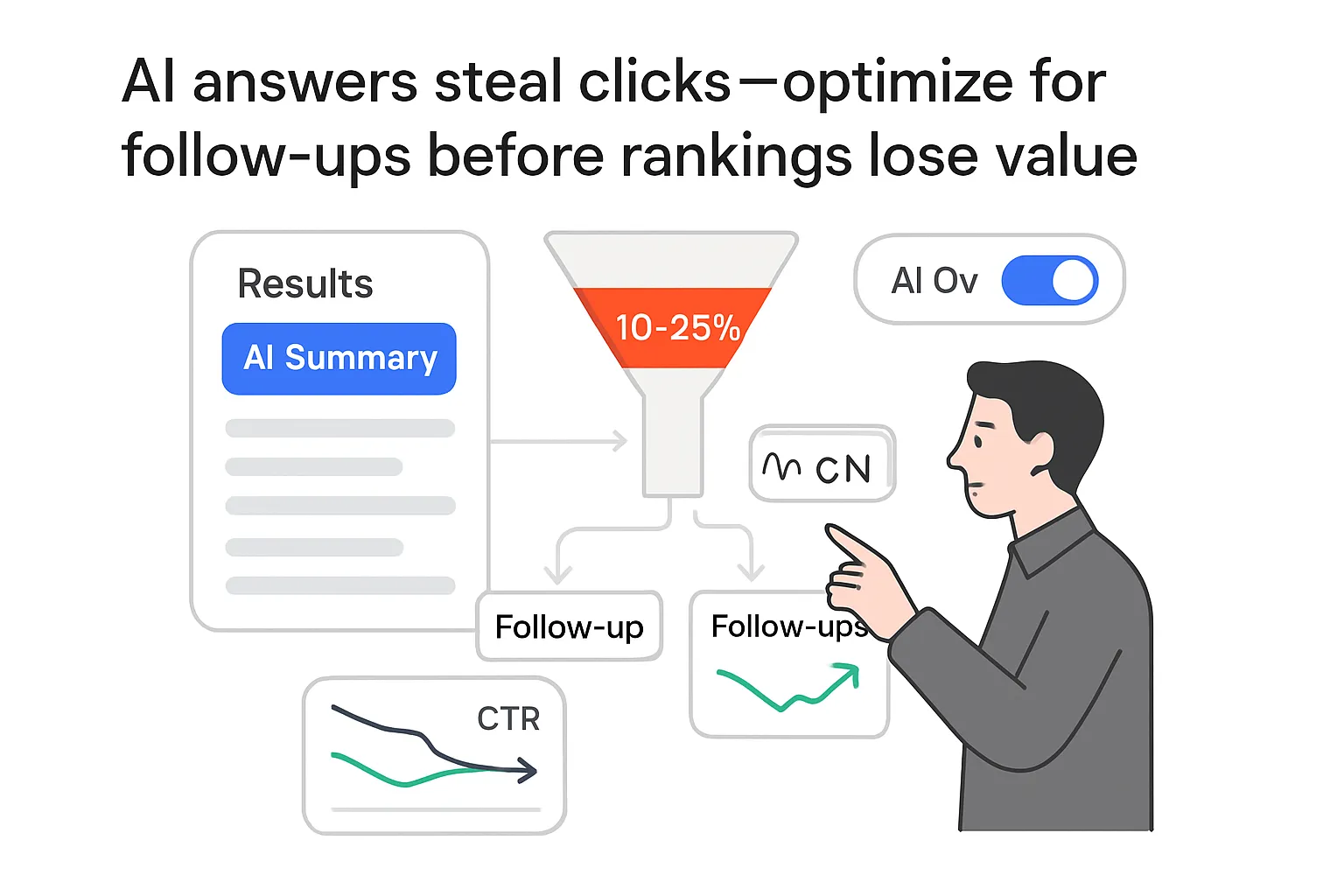


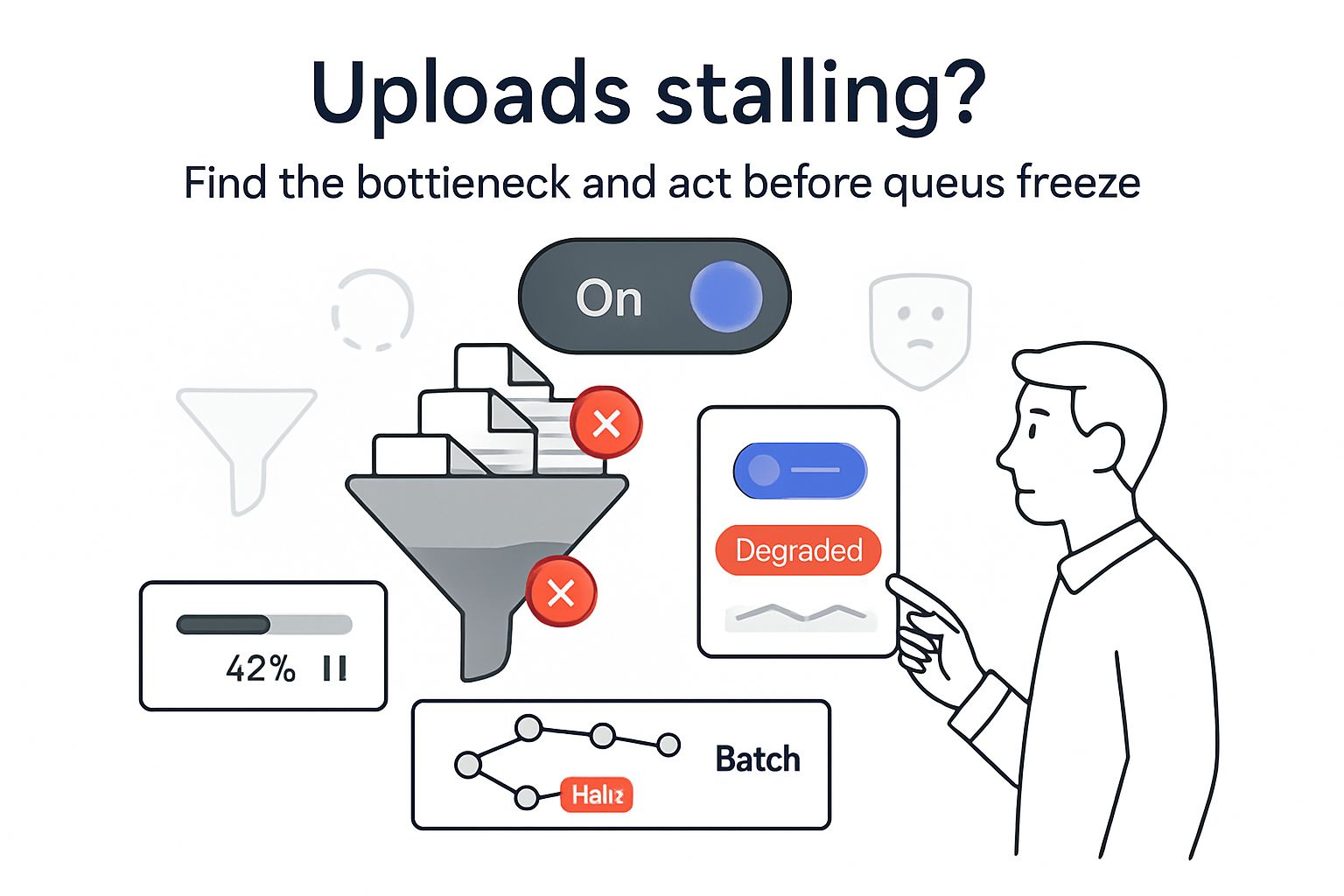
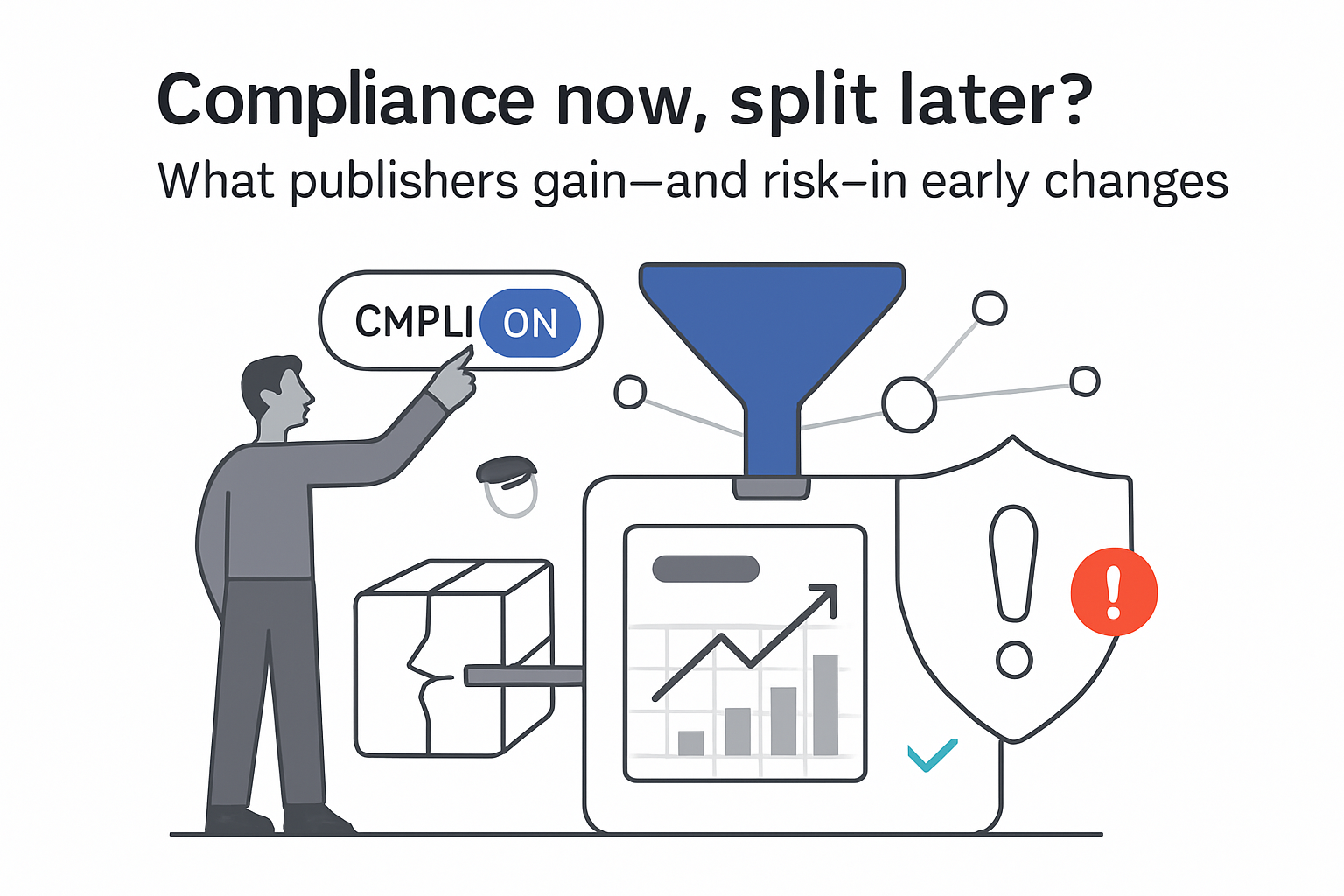
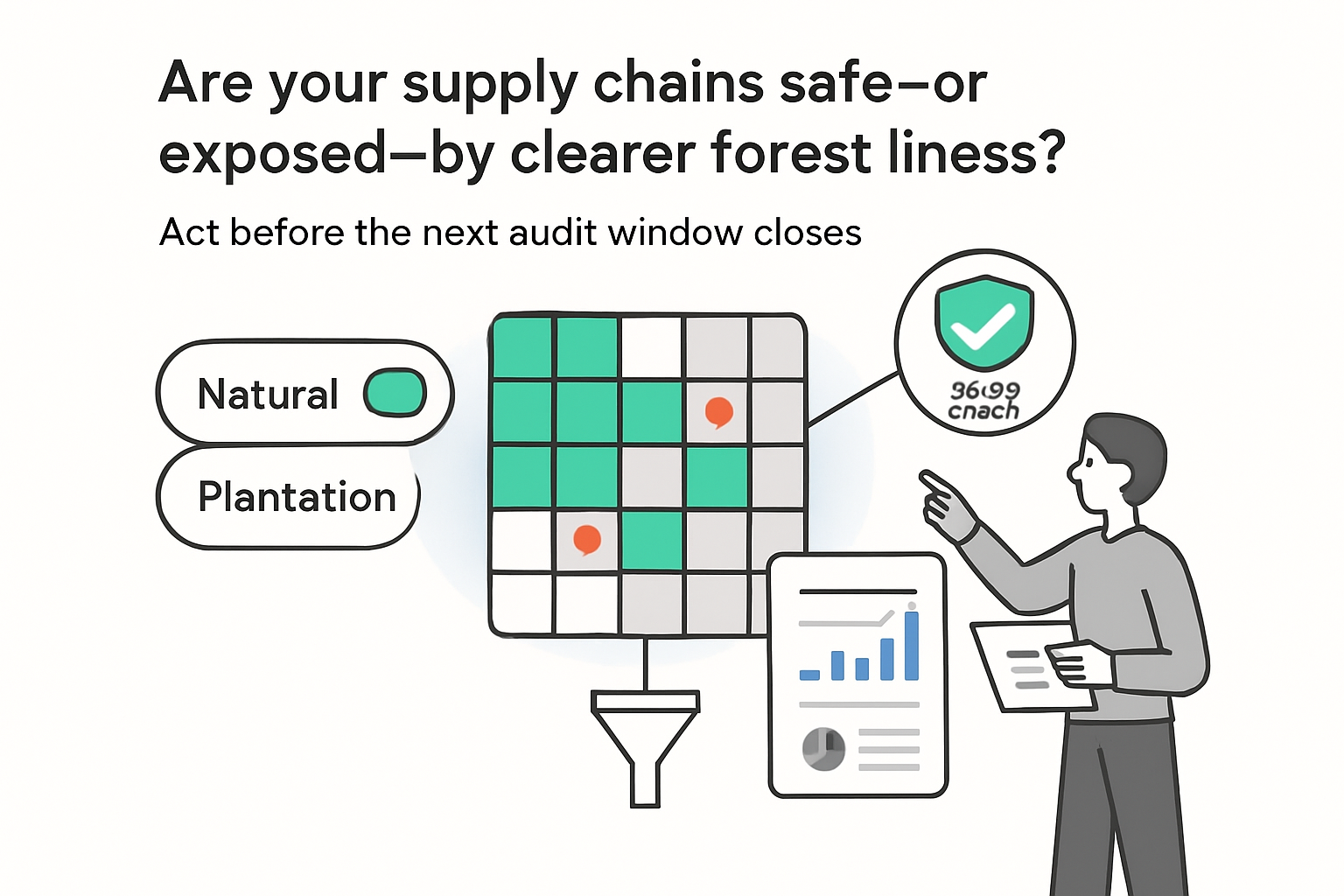
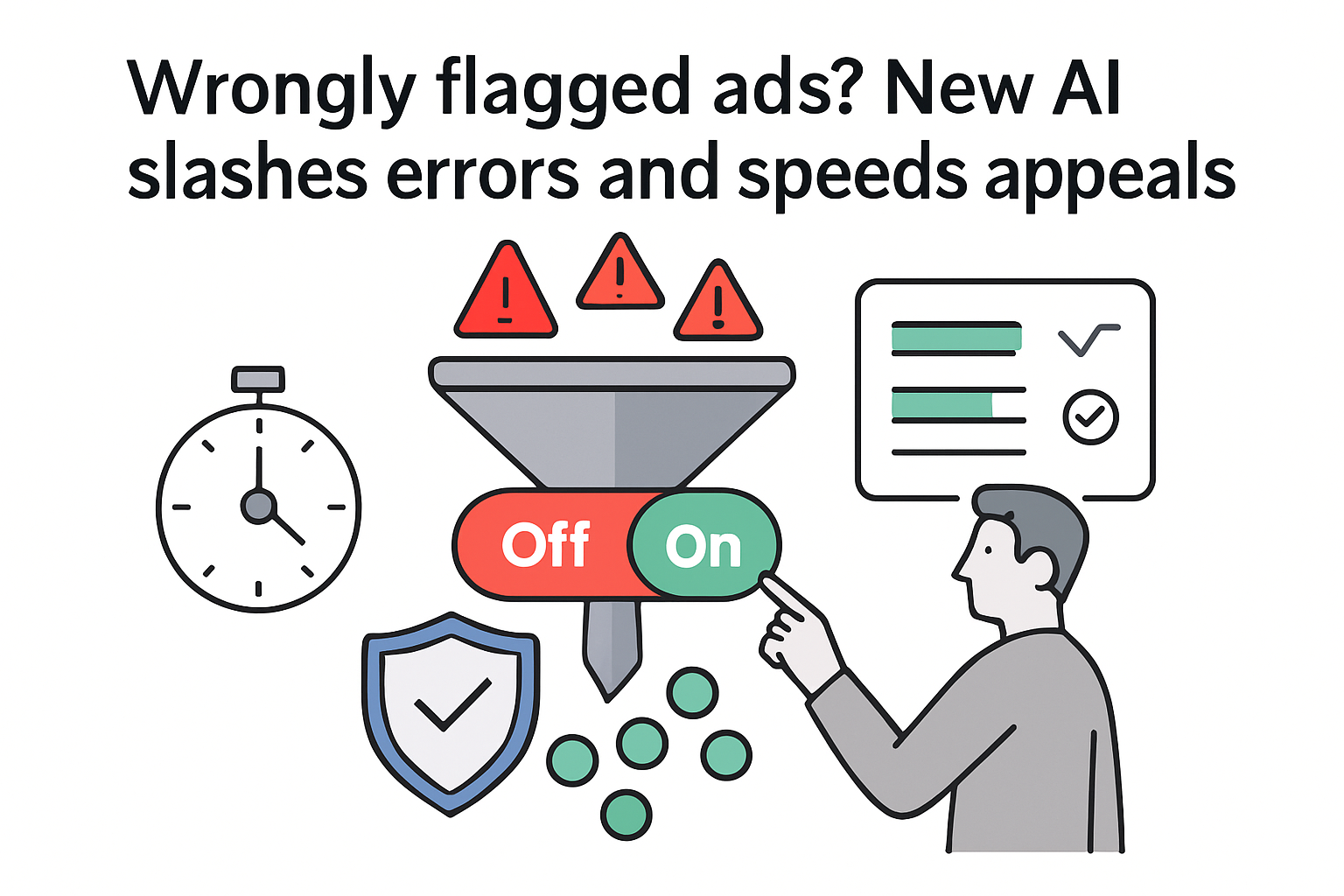
.svg)